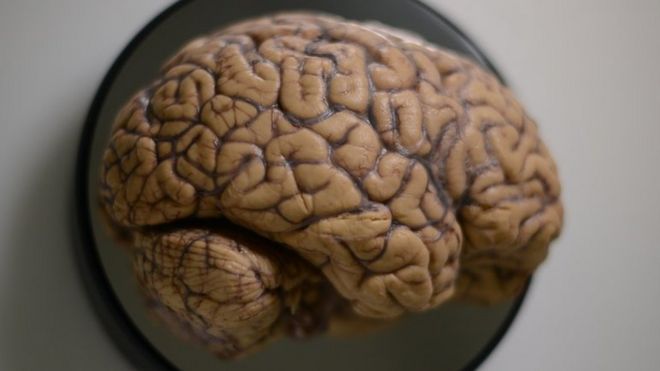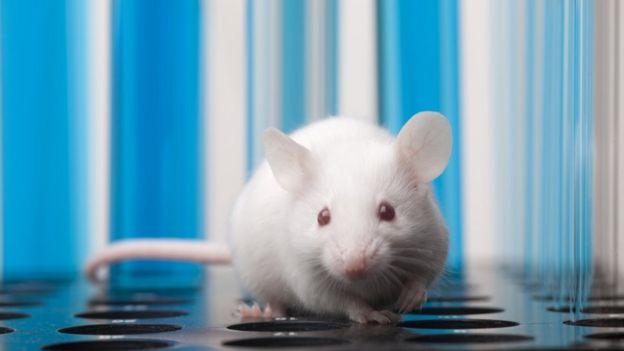Brain probing...

Researchers Say New Pill Improves Memory
July 29, 2011 - Researchers say a drug already approved by U.S. regulators to treat high blood pressure may also help to reverse age-related memory declines.
Researchers Say New Pill Improves Memory
July 29, 2011 - Researchers say a drug already approved by U.S. regulators to treat high blood pressure may also help to reverse age-related memory declines.
The drug is called guanfacine and clinical trials are underway at Yale University in Connecticut to confirm its beneficial effect in enhancing so-called working memory in older adults. Yale neurobiologist Amy Arnsten says working memory is the building block of all higher cognitive functions, underlying things like abstract thought and executive functions including multitasking - juggling several activities at once. Arnsten says working memory starts to decline in a persons 40's. These deficits ..begin in middle age in both monkeys and humans and get steadily worse as we grow older," Arnsten explained. "So this is very relevant for very demanding jobs and being able to keep those careers. And its even important for basic things like managing our finances, our medical care as we get older."
Clinical trial
Neurobiologist Arnsten says working memory involves neurons - brain cells - in a highly-evolved area of the brain called the pre-frontal cortex. In order to hold on to information, she says the neurons have to excite each other through network connections. But as we age, Arnsten says the neurochemical environment changes and the connections between the cells loosen. The result is that people are not able to remember things as well as they could when they were younger. Thats what researchers, led by Arnsten, found in experiments with rhesus macaques. Two of the monkeys were young, two were middle aged and two were elderly. Investigators found the neurons of all the animals fired similarly in different areas of the prefrontal cortex when they were first shown a favorite treat.
But that neuronal activity declined in the older animals when they had to wait for a short period and tried to remember where the snack had been hidden. Scientists noted the decline in brain cell activation was proportional to the monkeys age. Arnsten says researchers then gave the older animals the blood pressure drug guanfacine and the differences in neuronal firing between the older and younger primates narrowed. What was so encouraging about our finding was that when we corrected the neurochemical environment, we were actually able to restore network firing," Arnsten explained. "And weve shown that these same drugs, when given systemically, can improve working memory.
Causes of memory decline





